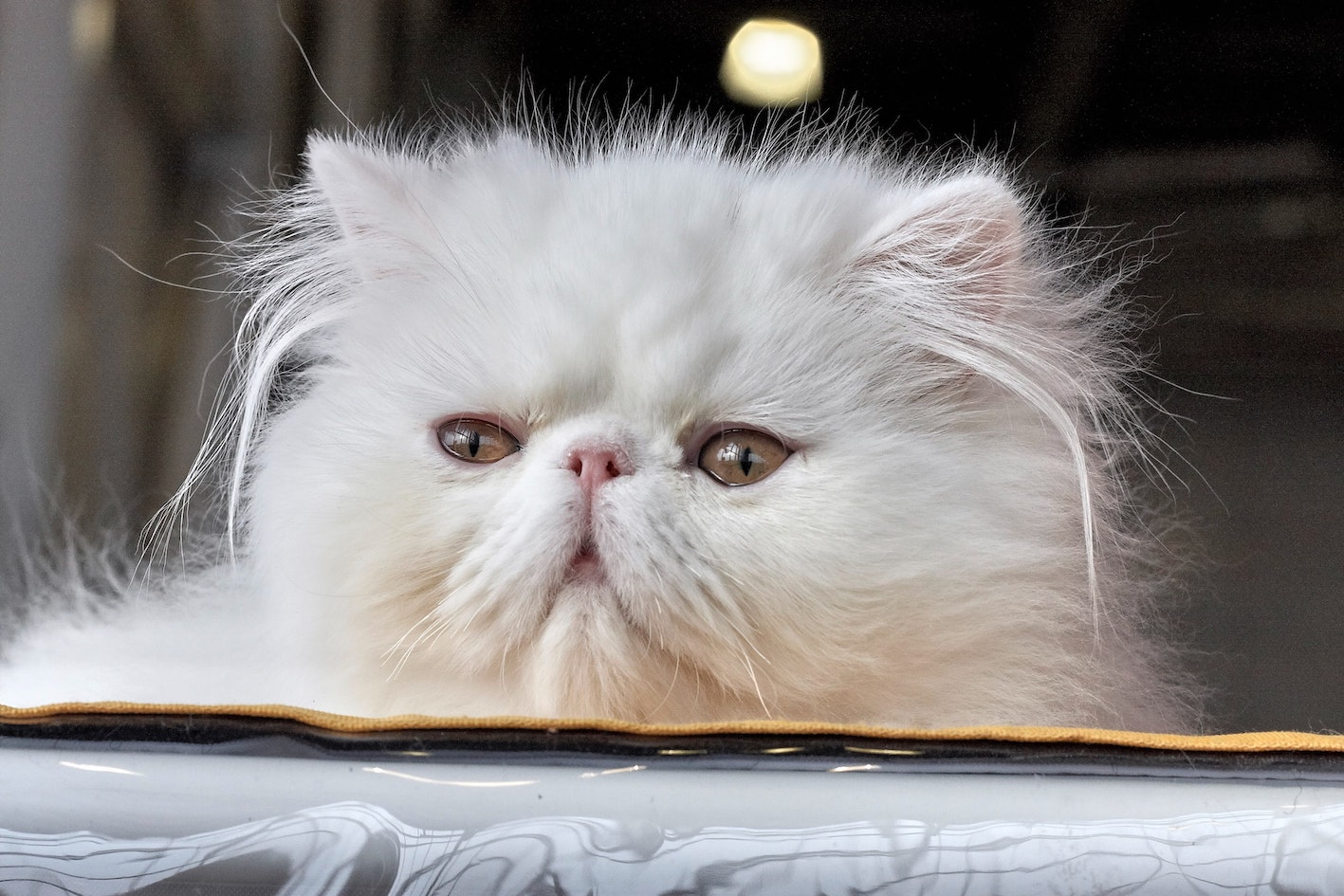Have you ever wondered why Persian cats need daily exercise? It may seem surprising since they are known for their calm and docile nature. But just like any other cat breed, Persian cats also require physical activity to maintain a healthy weight and prevent potential health issues. In this article, we will delve into the importance of daily exercise for Persian cats and explore some fun ways to keep them active. So, if you’re a Persian cat owner or simply curious about cat care, keep reading to learn more!
Persian cats are naturally sedentary animals, which can make them prone to obesity and related health problems. Regular exercise helps to keep their weight in check and promotes better overall health. Not only does it prevent obesity, but it also helps to maintain good cardiovascular health, strengthens muscles, improves digestion, and reduces the risk of joint problems. Despite their laid-back demeanor, Persian cats can still engage in playful activities that provide them with the exercise they need. From interactive toys to laser pointers, there are many fun ways to keep your Persian cat active. So, if you’re interested in learning more about specific exercise routines and playtime ideas for Persian cats, stay tuned for the upcoming article on my website “http://persiancatdude.com”!
Persian Cats and Their Need for Daily Exercise
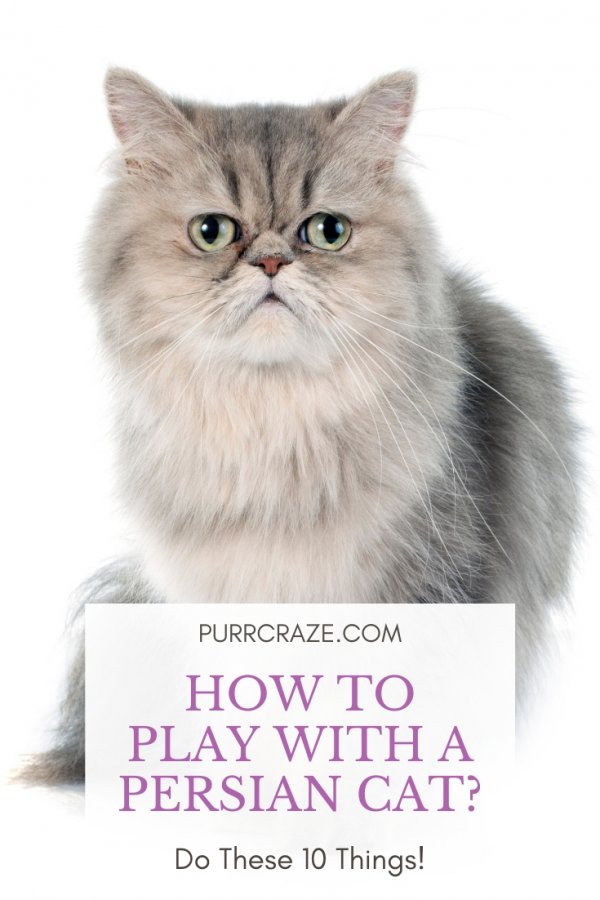
Physical Characteristics of Persian Cats
Persian cats are known for their distinct physical traits that set them apart from other cat breeds. Their most notable feature is their unique facial structure. Persian cats have a flat face with a short nose and large, round eyes. This gives them a sweet and adorable expression that captures the hearts of cat lovers worldwide.
Another remarkable characteristic of Persian cats is their luxurious coat. These cats have long, flowing fur that requires regular grooming to prevent matting and tangles. Their coat comes in a variety of colors and patterns, adding to their beauty and charm.
In terms of body structure, Persian cats have a sturdy and muscular build. They have a medium-to-large size body with a broad chest and short, stocky legs. Despite their robust appearance, Persian cats are known for their gentle and docile nature.
Importance of Daily Exercise for Persian Cats
While Persian cats may not be the most active or energetic cats, they still require daily exercise to maintain a healthy lifestyle. Regular physical activity is crucial for several reasons:
1. Maintaining Healthy Weight
Persian cats have a tendency to gain weight if they lead a sedentary lifestyle. Daily exercise helps burn calories and keeps them at a healthy weight. Obesity in cats can lead to various health issues, including diabetes, heart disease, and joint problems.
2. Preventing Obesity-related Health Issues
Obesity can have serious consequences for Persian cats. It puts excessive strain on their joints and can lead to arthritis, making movement painful and difficult. Regular exercise helps prevent obesity and keeps their joints healthy.
3. Promoting Cardiovascular Health
Daily exercise stimulates the cardiovascular system and improves blood circulation. This helps keep Persian cats’ hearts strong and healthy. It also boosts their overall fitness and endurance.
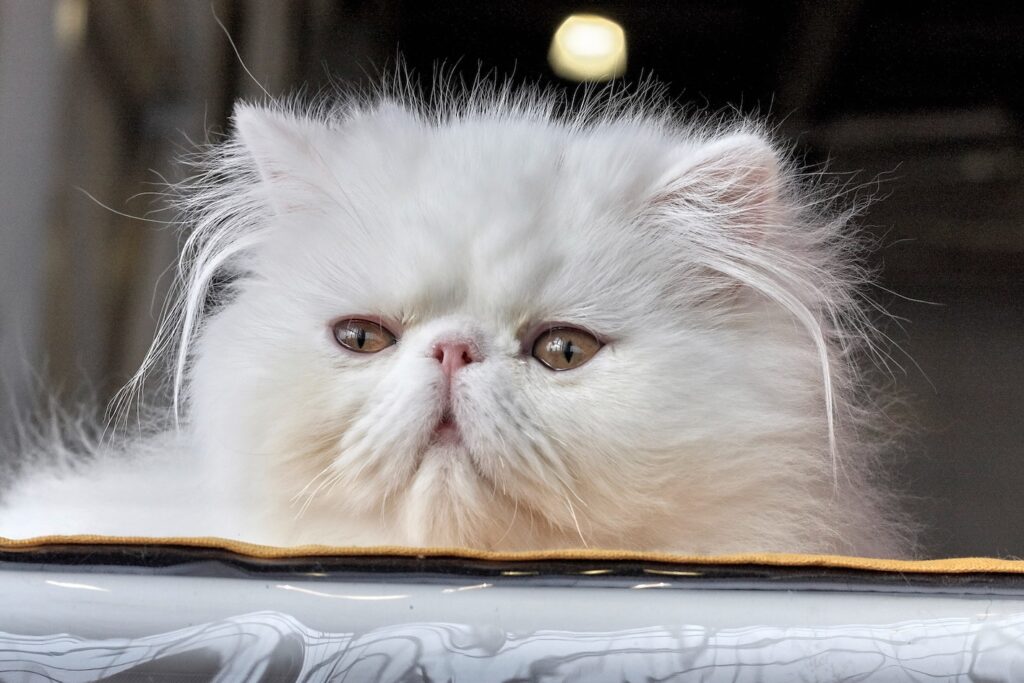
Types of Daily Exercises for Persian Cats
Persian cats are not known for their love of physical activities, but there are several ways to incorporate exercise into their daily routine:
1. Interactive Playtime
Engage your Persian cat in interactive play sessions using toys such as wand toys, laser pointers, or feather teasers. These activities stimulate their natural hunting instincts and provide both mental and physical stimulation.
2. Using Cat Toys
Provide your Persian cat with a variety of toys to play with throughout the day. Balls, catnip toys, and puzzle toys can keep them entertained and active. Rotate the toys regularly to keep their interest piqued.
3. Indoor Agility Training
Set up a small agility course in your home for your Persian cat to navigate. Use tunnels, hurdles, and ramps to create obstacles. This type of training not only provides physical exercise but also engages their mind.
Creating a Safe Exercise Environment for Persian Cats
When planning exercise activities for your Persian cat, it’s essential to create a safe environment to prevent accidents and injuries.
1. Cat-proofing the House
Remove any potential hazards or toxic substances from your cat’s play area. Secure electrical cords, keep plants out of reach, and ensure all windows and doors are safely closed to prevent escapes.
2. Providing Escape Routes
Create multiple escape routes for your Persian cat in case they feel overwhelmed or overstimulated during playtime. This can be as simple as leaving a door cracked open or providing access to elevated surfaces.
3. Securing Hazards
Secure heavy furniture or breakable items that could topple over during play. Persian cats are known for their curiosity and may accidentally knock things over while exploring.
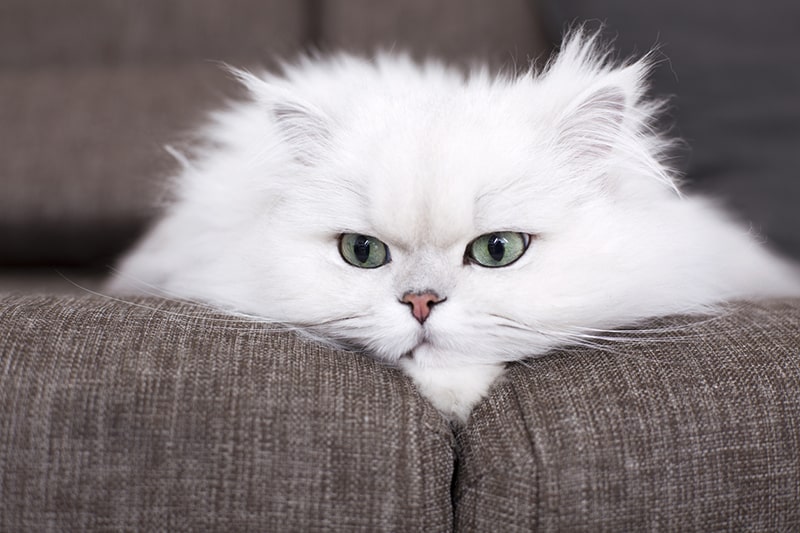
Developing an Exercise Routine for Persian Cats
To ensure your Persian cat gets enough exercise, it’s essential to establish a consistent exercise routine that suits their abilities and preferences.
1. Consistency in Exercise Schedule
Set aside specific times during the day dedicated to exercise. Whether it’s morning, afternoon, or evening, keeping a consistent schedule helps your cat anticipate and look forward to their exercise sessions.
2. Gradual Increase in Activity Level
Start with shorter play sessions and gradually increase the duration and intensity of exercise over time. This allows your Persian cat to build up their stamina and prevents them from becoming overwhelmed or fatigued.
3. Mixing Different Forms of Exercise
Rotate between different types of exercise activities to keep your Persian cat engaged and prevent boredom. Alternate between interactive playtime, using toys, and indoor agility training to provide variety.
Signs of a Happy and Well-exercised Persian Cat
When your Persian cat is getting enough exercise, you’ll notice several positive signs indicating their well-being and contentment.
1. Energetic Behavior
A well-exercised Persian cat will display bursts of energy and playfulness. They may engage in zoomies, chasing toys, or running around the house. This shows that they have energy to burn and are in good spirits.
2. Playful Interactions
A happy Persian cat will initiate playtime or actively seek attention from their human companions. They may bring toys to you or engage in interactive play sessions, showing their enjoyment in these activities.
3. Contentment and Satisfaction
After a satisfying exercise session, your Persian cat will display signs of contentment and relaxation. They may groom themselves, curl up for a nap, or purr softly, indicating their happiness and fulfillment.

Potential Risks and Precautions for Persian Cats during Exercise
While exercise is important for Persian cats, it’s crucial to be aware of potential risks and take necessary precautions to keep them safe.
1. Overexertion and Fatigue
Avoid pushing your Persian cat beyond their physical limits. They may not have the stamina of more active cat breeds, and overexertion can lead to exhaustion or even heat stroke. Observe their energy levels and allow them adequate rest.
2. Injuries and Accidents
Pay attention to your Persian cat’s movements during exercise to prevent injuries. They may be prone to joint issues or falls due to their flat facial structure. Avoid high jumps or strenuous activities that could strain their joints.
3. Consulting a Veterinarian
If you have any concerns about your Persian cat’s exercise routine or health, consult your veterinarian. They can provide valuable advice based on your cat’s individual needs and help ensure their exercise regimen is safe and appropriate.
Other Factors Affecting Persian Cat’s Exercise Needs
Several factors can influence the exercise requirements of Persian cats. It’s important to consider these factors when planning their daily exercise routine.
1. Age and Health Conditions
Younger Persian cats tend to have more energy and may require more exercise compared to older cats. Additionally, any underlying health conditions should be taken into account when determining the appropriate exercise level for your cat.
2. Indoor vs Outdoor Cats
Indoor cats generally require more structured exercise activities to compensate for the lack of natural stimulus. Outdoor cats may have more opportunities for physical activity through exploring their environment.
3. Breed-specific Considerations
Persian cats have unique physical characteristics that can affect their exercise abilities. Their flat face and compact body structure may limit certain activities or require modifications to ensure their safety and comfort.
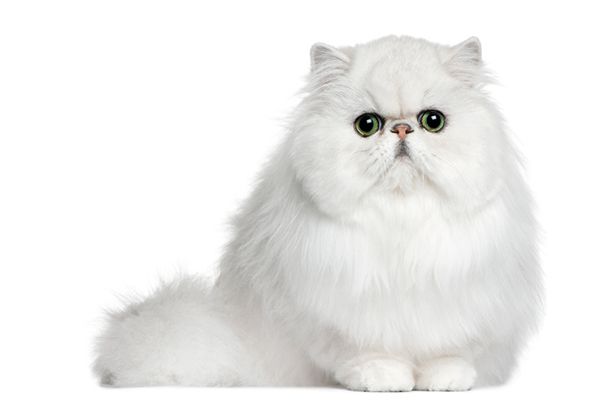
Creative Ways to Encourage Exercise in Persian Cats
Encouraging and motivating your Persian cat to exercise is essential for their well-being. Here are some creative ideas to make exercise engaging and fun:
1. Using Treats and Rewards
Incorporate treats and rewards into exercise activities to incentivize your Persian cat’s participation. For example, reward them with a treat after successfully completing an agility course or engaging in interactive play.
2. Engaging in Interactive Play
Join in and actively participate in play sessions with your Persian cat. This not only strengthens the bond between you but also encourages them to be more active and enthusiastic during playtime.
3. Environmental Enrichment
Create an enriching environment for your Persian cat by providing vertical spaces, scratching posts, and puzzles. These additions stimulate their natural behaviors and encourage them to be more active throughout the day.
Understanding and Addressing Exercise Resistance in Persian Cats
Some Persian cats may be resistant to exercise or show a lack of interest in physical activities. Understanding the potential barriers and implementing gradual adaptation techniques can help overcome exercise resistance.
1. Identifying Potential Barriers
Evaluate your cat’s environment and routines to identify any factors that may deter them from exercise. It could be fear, lack of motivation, or discomfort. Once identified, you can address these barriers accordingly.
2. Gradual Adaptation Techniques
Start with small and manageable exercises, gradually increasing the intensity and duration over time. This allows your Persian cat to get accustomed to physical activities at their own pace and builds their confidence.
3. Seeking Professional Assistance
If your Persian cat continues to resist exercise despite your efforts, consulting a professional, such as a veterinarian or animal behaviorist, can provide expert guidance and support in addressing the issue.
Benefits of Regular Exercise for Persian Cats
Regular exercise offers numerous benefits for Persian cats, both in terms of physical and mental well-being.
1. Improved Overall Health
Engaging in daily exercise helps maintain a healthy weight, strengthens the immune system, and promotes better organ function. It also reduces the risk of developing obesity-related health issues.
2. Enhanced Mental Stimulation
Exercise provides mental stimulation for your Persian cat, preventing boredom and stimulating their cognitive abilities. It can help alleviate stress and anxiety, leading to a happier and healthier cat.
3. Reduced Behavioral Issues
Cats that receive sufficient exercise are less likely to display destructive behaviors such as scratching furniture, excessive meowing, or aggression. Regular exercise helps channel their energy and prevents behavioral problems.
Monitoring and Tracking a Persian Cat’s Exercise Progress
Keeping track of your Persian cat’s exercise progress can help you assess their fitness level and make necessary adjustments to their routine.
1. Keeping a Record
Maintain a log or journal to record the duration and type of exercise activities your Persian cat engages in. This allows you to monitor their progress over time and identify any patterns or changes.
2. Noting Changes and Improvements
Observe any changes in your Persian cat’s behavior, energy levels, or overall well-being as you continue their exercise routine. Improved stamina, weight management, or increased playfulness indicates progress.
3. Adjusting Exercise Regimen
Based on your observations and the progress of your Persian cat, adjust their exercise routine as needed. Increase or decrease the intensity, duration, or frequency of activities to continually challenge and engage them.
Incorporating Exercise into a Persian Cat’s Daily Routine
To ensure regular exercise for your Persian cat, it’s important to integrate it seamlessly into their daily routine. Here are some tips for incorporating exercise into their schedule:
1. Planning Ahead
Allocate specific times in your daily schedule for exercise activities. This helps establish a routine and ensures that exercise does not get overlooked or postponed.
2. Time Management
Consider the best time of day for exercise based on your Persian cat’s energy levels. Some cats may be more active in the morning, while others may prefer evening play sessions.
3. Creating a Play-friendly Environment
Make sure your Persian cat has access to toys, scratching posts, and interactive play areas throughout the house. This allows them to engage in spontaneous physical activities whenever they feel like it.
Conclusion
Daily exercise is vital for the overall well-being and health of Persian cats. Despite their calm nature, they still require physical activities to maintain a healthy weight, prevent obesity-related issues, and keep their hearts and joints in good condition. By incorporating exercise into their daily routine, providing a safe environment, and addressing any exercise resistance, you can ensure that your Persian cat leads a happy and fulfilling life. Remember to observe their behavior, seek professional advice when needed, and enjoy the bond that exercise creates between you and your feline companion.
Frequently Asked Questions
-
Q: How much exercise does a Persian cat need each day? A: Persian cats typically require 15-30 minutes of exercise spread throughout the day. However, it’s important to consider their individual needs and energy levels.
-
Q: Can Persian cats be leash-trained for outdoor exercise? A: Yes, Persian cats can be leash-trained, but it requires patience and gradual training. It’s important to ensure their safety and comfort while outdoors.
-
Q: Do all Persian cats enjoy interactive play sessions? A: While interactive play is generally enjoyed by Persian cats, individual preferences may vary. Experiment with different toys and activities to find what your cat enjoys the most.
-
Q: Can Persian cats engage in outdoor activities? A: Persian cats are generally considered indoor cats due to their long fur and docile nature. However, supervised outdoor excursions in enclosed spaces can provide additional stimulation.
-
Q: Are there any specific exercises to help keep Persian cats’ coats healthy? A: Regular grooming is essential for maintaining a Persian cat’s coat. In addition to exercise, brushing their fur daily helps prevent matting and keeps their coat looking its best.
-
Q: Are there any age restrictions for agility training with Persian cats? A: Agility training can be adapted for cats of all ages, but it’s important to consider their physical capabilities and any existing health conditions. Start with simple activities and gradually increase the difficulty.
-
Q: How can I motivate my Persian cat to exercise? A: Incorporate toys, treats, and positive reinforcement during exercise activities to motivate your Persian cat. Make it a fun and rewarding experience for them.
-
Q: Are laser pointers safe for Persian cats during playtime? A: Laser pointers can be a fun toy for Persian cats, but it’s important to never shine the laser directly into their eyes. Use it to create movement and engage their hunting instincts.
-
Q: How can I tell if my Persian cat is getting enough exercise? A: Signs of a well-exercised Persian cat include a healthy weight, playful behavior, and contentment. They should display bursts of energy and engage in regular interactive play.
-
Q: Can Persian cats engage in water exercises? A: While some cats enjoy water activities, many Persian cats are not fans of getting wet. However, supervised play near water sources, such as a shallow pool or sink, can provide additional stimulation.
